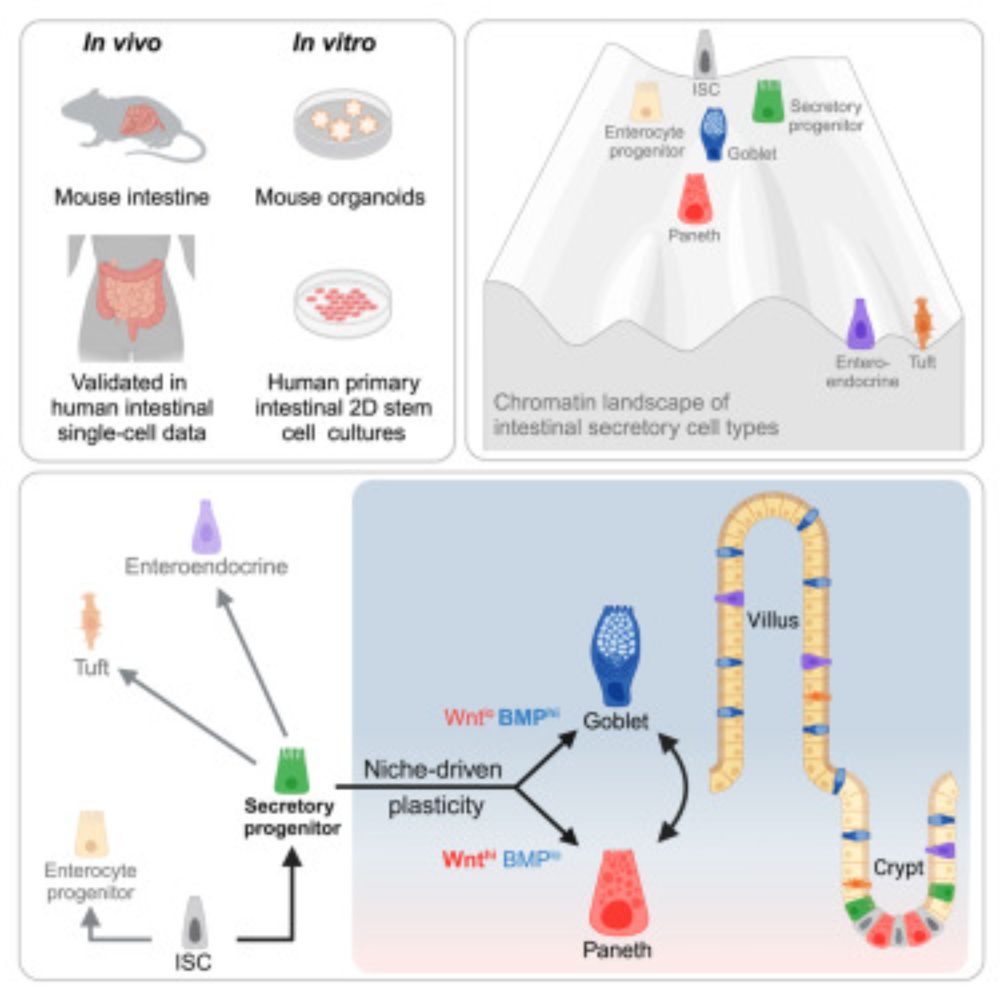




Check out the talks of Surojit Sural @surojitsural.bsky.social & Swarnabh Bhattacharya @iamzico.bsky.social
Also, register for our upcoming #DevPres on 15 October: us02web.zoom.us/webinar/regi...
thenode.biologists.com/catch-up-on-...

Check out the talks of Surojit Sural @surojitsural.bsky.social & Swarnabh Bhattacharya @iamzico.bsky.social
Also, register for our upcoming #DevPres on 15 October: us02web.zoom.us/webinar/regi...
thenode.biologists.com/catch-up-on-...
📆 17 September, 15:00 BST (UTC+1)
Register here: us02web.zoom.us/webinar/regi...

📆 17 September, 15:00 BST (UTC+1)
Register here: us02web.zoom.us/webinar/regi...


A thread 🧵 1/9

A thread 🧵 1/9
Our new manuscript is now available as a preprint!⛅️
biorxiv.org/content/10.1...
1/ Here, we describe a novel BMAL1-YAP complex in epidermal cells, which is hijacked during ageing to control the expression of up-regulated inflammation genes through enhancer binding.🧵



www.nature.com/articles/s41...

www.nature.com/articles/s41...
www.science.org/doi/10.1126/...
@nbgolovchenko.bsky.social @sciimmunology.bsky.social @edelblumlab.bsky.social

www.science.org/doi/10.1126/...
@nbgolovchenko.bsky.social @sciimmunology.bsky.social @edelblumlab.bsky.social
www.cell.com/cell-stem-ce...

www.cell.com/cell-stem-ce...



Looking for a passionate PhD student to explore cellular crosstalk in #TumorMicroenvironment combining #organoids #scRNAseq &high-res imaging.
Join us @VetmeduniVienna in a vibrant research environment!
#CancerResearch #PhD
👉 euraxess.ec.europa.eu/jobs/302158

Looking for a passionate PhD student to explore cellular crosstalk in #TumorMicroenvironment combining #organoids #scRNAseq &high-res imaging.
Join us @VetmeduniVienna in a vibrant research environment!
#CancerResearch #PhD
👉 euraxess.ec.europa.eu/jobs/302158

Thanks to our entire team for their tireless work and to the editors at @naturecellbiology.bsky.social for the opportunity!

Thanks to our entire team for their tireless work and to the editors at @naturecellbiology.bsky.social for the opportunity!

@Nature
www.nature.com/articles/s41...

@Nature
www.nature.com/articles/s41...
Adenomas don’t form just because of Apc mutations—they require cooperation between mutant intestinal crypts. Congratulations to Liam and all the authors! Thrilled to be part of this fantastic study! @nature.com
rdcu.be/d5DQh
Adenomas don’t form just because of Apc mutations—they require cooperation between mutant intestinal crypts. Congratulations to Liam and all the authors! Thrilled to be part of this fantastic study! @nature.com
rdcu.be/d5DQh


